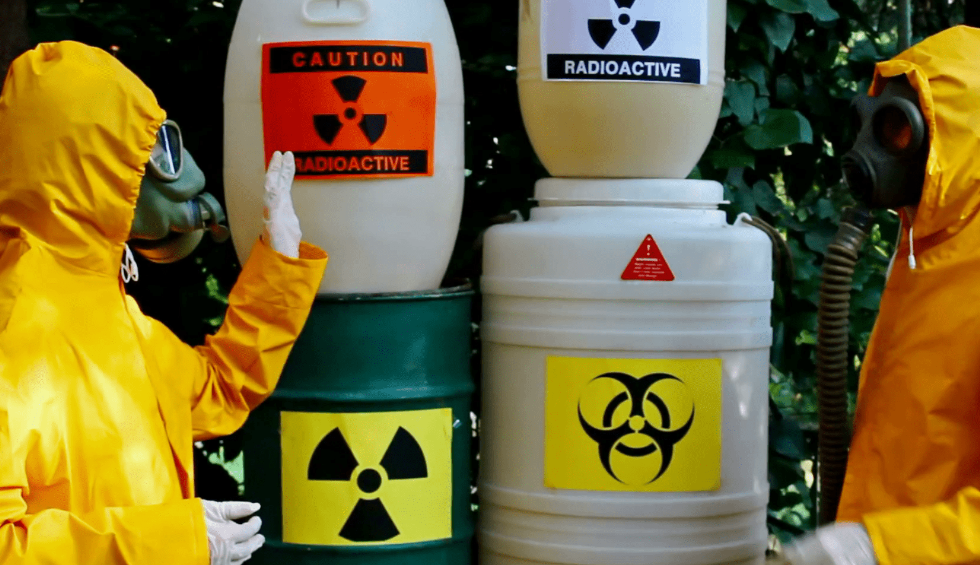5 Important Points to Consider in Hazardous Materials Management
Managing hazardous materials is crucial for ensuring safety, protecting the environment, and complying with regulations. Whether in industrial settings or residential areas, effective hazardous materials management requires careful planning and adherence to best practices. Here are five essential points to consider:
1. Identification and Classification
The first step in hazardous materials management is accurate identification and classification. Understanding the types of materials present and their specific hazards is fundamental. This process involves thorough inspection, assessment, and documentation to categorize substances according to regulatory guidelines. Proper labelling is essential to ensure that everyone handling these materials understands the risks involved.
2. Risk Assessment and Management Plans
Once hazardous materials are identified, conducting a comprehensive risk assessment is imperative. This step evaluates potential risks to human health, the environment, and property. Based on the assessment, management plans should be developed to mitigate these risks effectively. This includes outlining safety protocols, emergency response procedures, and training requirements for personnel handling or exposed to these materials.
3. Storage and Handling Practices
Safe storage and handling practices are critical to prevent accidents and contamination. Residential hazardous materials, such as cleaning agents and pesticides, require secure storage away from children and pets. In industrial settings, storage areas must be equipped with appropriate ventilation, containment measures, and spill kits. Employees should undergo regular training on proper handling techniques to minimize exposure and ensure compliance with safety standards.
4. Transportation and Disposal Procedures
The transportation of hazardous materials demands adherence to strict regulations to prevent leaks, spills, or accidents during transit. Proper packaging, labelling, and documentation are essential for compliance with local and international transport laws. Disposal procedures must also be carefully planned to avoid environmental contamination. Depending on the material, disposal may involve recycling, treatment, or secure landfilling under authorised conditions.
5. Compliance with Regulatory Requirements
Staying updated with regulatory requirements is non-negotiable in hazardous materials management. Regulations vary by jurisdiction and may include laws governing storage limits, permissible exposure levels, and reporting obligations. Compliance ensures legal operation, minimizes liability risks, and demonstrates commitment to environmental stewardship and public safety.
Conclusion
Effective hazardous materials management is a cornerstone of responsible business practices and residential safety. By following proper identification, risk assessment, storage, handling, transportation, and disposal protocols, organisations and individuals can minimise risks and ensure regulatory compliance. Whether dealing with industrial chemicals or residential hazardous materials, prioritising safety and environmental protection benefits everyone.
